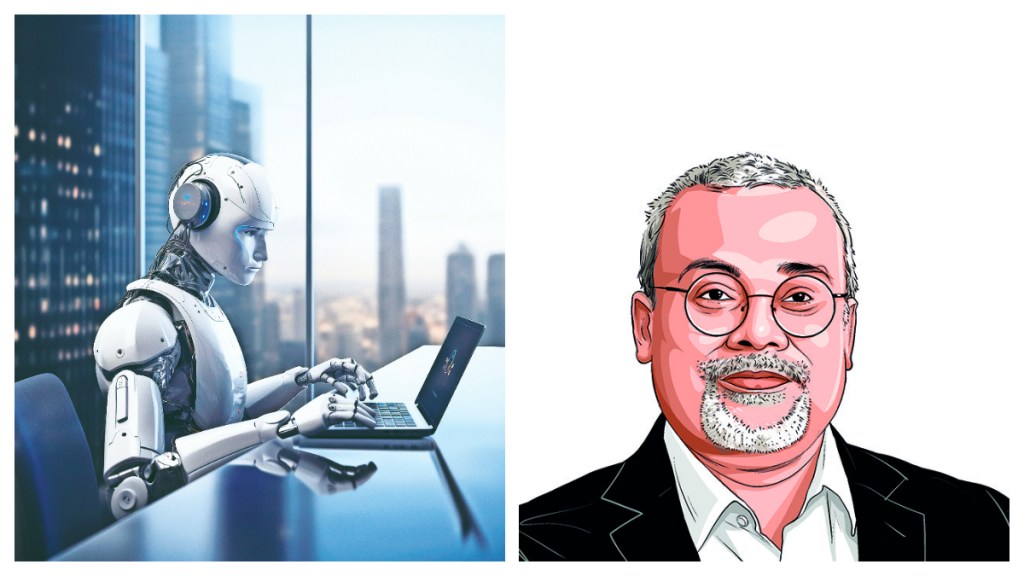By Soumendra Mohanty
Artificial intelligence (AI), specifically GenAI, has gained immense prominence in the past few years. A McKinsey survey found that AI adoption reached 72% in 2024, underscoring its growing influence. The next frontier is agentic AI – systems that make autonomous decisions with minimal human oversight, making it a game-changer for industries.
Agentic AI is redefining how businesses leverage technology and talent. These advanced systems think, learn, and act independently, fostering a collaborative partnership between humans and machines. The rise of the “agentic mesh” – a network of specialised AI agents working in sync – is optimising operations across industries.
For instance, JPMorgan’s COIN software analyses loan agreements in seconds, saving 360,000 hours of legal work annually. In healthcare, Google’s AI improves breast cancer detection, reducing false positives by 9.4% and false negatives by 5.7%, enhancing early diagnosis. Similarly, in manufacturing, Siemens’ AI-driven digital twins simulate production processes, predicting maintenance needs and reducing downtime.
The integration of AI into workplaces demands more than just technology adoption – it requires a cultural shift. Businesses must focus on fostering AI fluency and developing human-centric skills such as creativity, emotional intelligence, and ethical judgment. Equally crucial is ethical AI deployment. Transparency, fairness, and accountability must guide AI decision-making processes.
Despite its advantages, AI adoption comes with hurdles like cultural resistance and job security concerns. Employee concerns about job security often create resistance. Clear communication and hands-on training can help workers understand that AI is designed to augment, not replace, their roles. Organisations should implement change management strategies focused on transparency and inclusion, such as:
Appointing AI champions to demonstrate benefits.
Establishing feedback channels for employees.
Providing career pathways integrating AI collaboration.
Creating experimental environments for AI interaction.
Cost is another challenge. While initial investments can be high, the long-term gains in efficiency and innovation outweigh the expenses. A strategic AI roadmap, complete with ROI analysis, can justify the transition. Additionally, regulatory compliance is essential to ensure responsible AI use, mitigating risks through auditing tools and ethical oversight.
As we look ahead, the future of work will witness seamless AI-human integration, where AI automates repetitive tasks and enhances decision-making. Businesses that embrace this shift will gain resilience, agility, and competitive advantage. The future is not about AI versus humans; it is about AI and humans working together to amplify each other’s strengths.
The writer is chief strategy officer, Tredence







